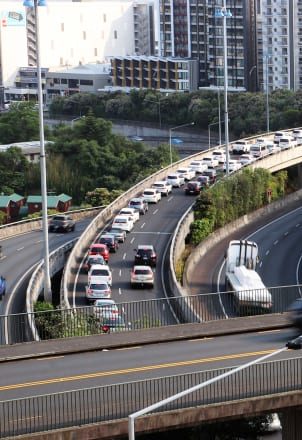البنية التحتية واللوجستيات
تعتبر الكوميسا تنمية البنية التحتية من ضمن الأولويات ومجالات التركيز الاستراتيجى التى تتطلب اهتماما خاصا. ولذلك فإن الهدف الاستراتيجى الذى ينبغى السعى إلى تحقيقه هو معالجة القيود ذات الصلة بتحسين البنية التحتية والخدمات في الاقليم وذلك بهدف خفض تكلفة أداء الأعمال التجارية فضلا عن تعزيز القدرة التنافسية من خلال تعزيز الربط الاقليمى المادى وتعميق تكامل البنية التحتية.
تم اعتماد منهج شمولى ينبنى على الممرات بالنسبة لتنمية البنية التحتية استنادا إلى الركائز الرئيسية الثلاث وهى مواءمة السياسات واللوائح وتنمية البنية التحتية المادية الاقليمية ذات الأولوية التى تغطى وسائل النقل وتكنولوجيات المعلومات والاتصالات والطاقة. ويشمل قطاع وسائل النقل الطيران المدنى والنقل السطحى (يشمل الطرق والسكك الحديدية) والنقل المائى ويشمل النقل البحرى والقطاعات الفرعية للنقل المائى الداخلى وتشمل تكنولوجيا المعلومات القطاعات الفرعية للاتصالات السلكية واللاسلكية والبث والخدمات البريدية بينما تشمل الطاقة القطاعات الفرعية للكهرباء والوقود الاحفورى والطاقة المتجددة.المهام
تم اعتماد عدد من الاستراتيجيات الرئيسية بهدف تحقيق الهدف الاستراتيجى المتعلق بالبنية التحتية المُشار إليه أعلاه. وتشمل ما يلى: 1. وضع ومراجعة السياسات واللوائح النموذجية (لوسائل النقل وتكنولوجيا المعلومات والاتصالات والطاقة)، 2. وضع برامج المساعدة للتجارة على امتداد الممرات الاقليمية، بما في ذلك إنشاء المحطات الحدودية ذات النافذة الواحدة، 3.وضع الأطر المؤسسية والقانونية المتعلقة بالشراكات بين القطاعين الخاص والعام بهدف زيادة مشاركة القطاع الخاص في تنمية البنية التحتية 4. تنفيذ استراتيجية الاتصالات لنشر المعلومات حول مشاريع تنمية البنية التحتية لجميع أصحاب المصلحة.
الوحدات
تتألف إدارة البنية التحتية واللوجستيات من الوحدات التالية التى تعمل كمجالات تركيز محددة
1
النقل
وضع ومراجعة السياسات واللوائح النموذجية (لوسائل النقل وتكنولوجيا المعلومات والاتصالات والطاقة)
2
الطاقة
شهد قطاع الطاقة في اقليم الكوميسا نموا كبيرا خلال السنوات القليلة الماضية حيث ارتفعت قدرة التوليد من حوالى 48,352 ميجاواط في 2012 إلى 91,969 ميجاواط في 2019.
3
الاتصالات السلكية واللاسلكية
تتألف تكنولوجيا المعلومات والاتصالات من الاتصالات السلكية واللاسلكية والبث والخدمات البريدية بينما تشمل الطاقة القطاعات الفرعية للكهرباء والوقود الاحفوري والطاقة المتجددة.
فريقنا
تتألف إدارة البنية التحتية واللوجستيات من مايلى من أعضاء الفريق..
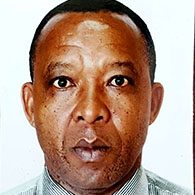
Jean Baptiste Mutabazi
Head Director Infrastructure & Logistics
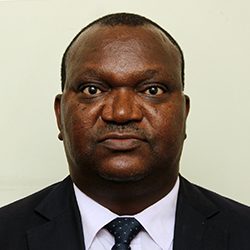
Bernard Dzawanda
Senior Transport Economist
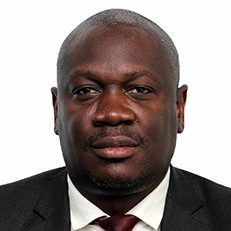
Leonard Chitundu
Telecommunications Officer
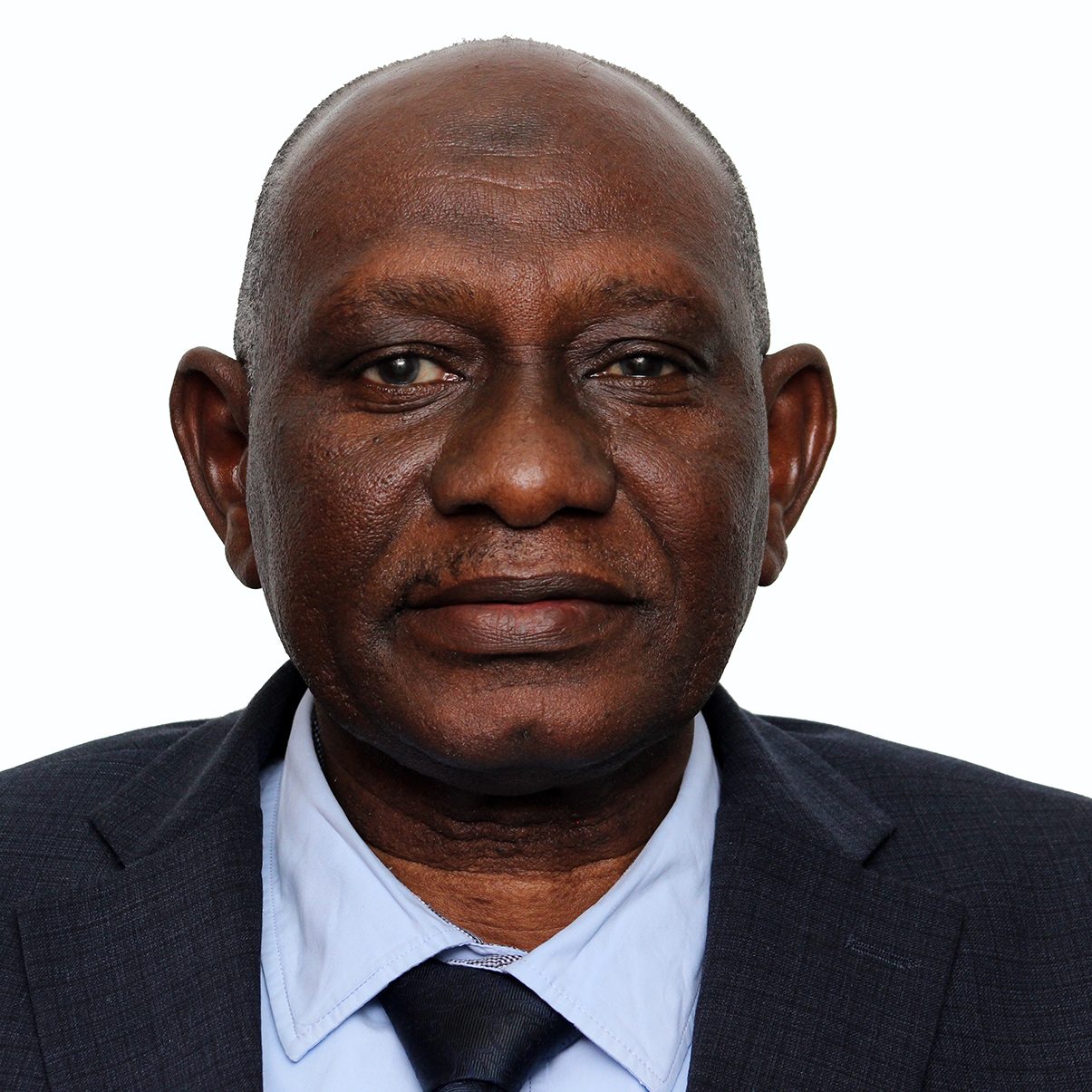
Dr. Mohamedain El-Nasr
Chief Executive Officer – Regional Association of Energy Regulators for Eastern & Southern Africa (RAERESA)

Malama Chileshe
Energy Economist


